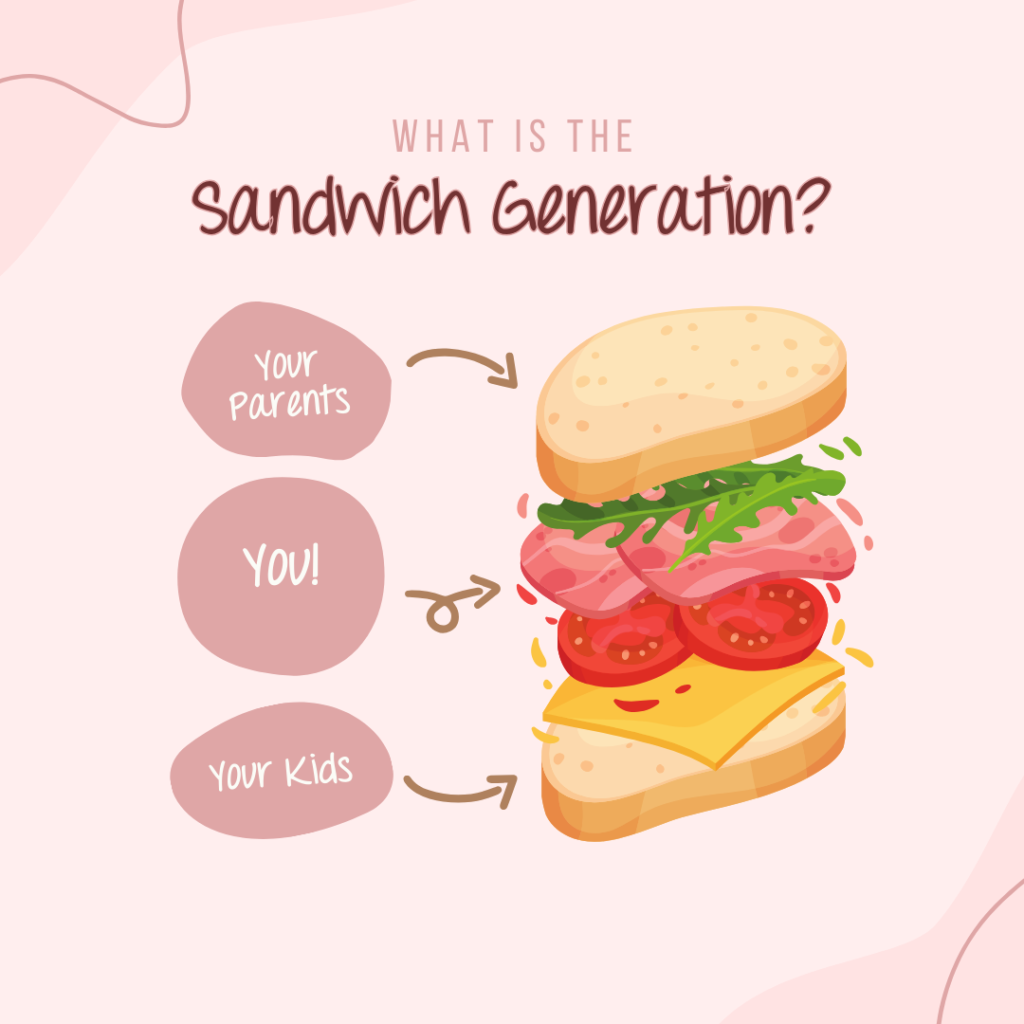
I started my journey as a yoga teacher at 50. It never crossed my mind that I might be too old.
However, I also have had a long history of engaging in fitness, both as fun and as a career. So my mindset is probably more open to movement-based activities than the average bear.
So I get it. Starting up a new activity like yoga, especially if it is way outside your wheelhouse can seem a little overwhelming.
Let me lay some interesting stats on you
I do love data! It tells a story for you and then you get to figure out what you want to do with it.
So let’s tell the story of yoga and age.
Did you know that:
- Most U.S. yogis are relatively new to the practice. Here is a look at how long people have been doing yoga:
- 0 to 1 year: 30%
- 1 to 5 years: 44%
- 6 to 10 years: 17%
- 10 years or longer: 7%
This means that if you decide to fire up a practice now, you are definitely not alone. Chances are, if you head to a class today, there will be other people in there who are relatively new also.
- Only about 19% of yoga practitioners are between the ages of 18 and 29:
- 23% are between the ages of 30 and 39
- 20% are between 40 and 49
- 17% are between 50 and 59
- 21% are 60 and older
Although social media may make it look otherwise, most practitioners are not in their 20’s! I think the presence of so many pics on Instagram, Facebook, TicTok, etc., speaks more to the users of social media than the practicers of yoga.
Why does this matter to you?
If you feel held back because of the appearance of youth representing all yoga, you now know better. It’s just that – an appearance.
Even more importantly, all these real people practicing yoga are not in it to stand on their heads. Yes – it’s cool if that is what you are doing or aspire to do. And if you want to go there, by all means, get after it!
The truth of real yoga for real people is a little more complex though. The mental and physical health benefits cannot be understated and this is much more what most yogis are focused on.
- 94% of adults who practice yoga say they do it to improve their overall wellness, according to the National Center for Complementary and Integrative Health
- 17.5% of people practice yoga to address specific health conditions
- As little as 3 months of yoga can help reduce stress levels, according to a small May 2017 study in the International Journal of Yoga
- According to the above-mentioned study, these are the top health reasons why people start yoga:
- 61% of people start to improve flexibility
- 56% of people start for stress relief
- 49% of people start for overall health
- 44% of people start to improve physical fitness
- People who do yoga are 20% more likely to have a positive image of their physical and mental health than non-practitioners, according to Harvard Health Publishing
- According to a 2012 National Health Interview Survey, 66% of people felt yoga motivated them to exercise more
- 40% of people felt yoga motivated them to eat healthier
- 79% of yogis also participate in other sports, like running, cycling or strength training, according to the 2016 Yoga in America Study
I particularly love that last stat! As someone who had taught fitness classes all of their adult life, in addition to cycling, mountain bike climbing, and hiking, I know for a fact that yoga has helped me be better in those areas.
The “sandwich” generation – too young to retire, too old to keep raising everybody?
The physical benefits are clear, for any age. And you are never too old for a little mental health pick me up either.
The needs of the “sandwich” generation for some mental TLC is becoming increasingly apparent.
If you are in this group, typically in your 30s to 50s, you are simultaneously caring for aging parents or relatives and raising your own children, often teenagers or young adults. Here are some insights to help you see the why behind the need for TLC what:

- Population Size:
- The sandwich generation constitutes a significant portion of the population in many developed countries, including the United States, Canada, and European nations
- Age Range:
- Members of the sandwich generation are typically in their late 30s to early 60s
- Caregiving Responsibilities:
- According to research from the Pew Research Center, about 47% of adults in their 40s and 50s have a parent age 65 or older and are either raising a young child or financially supporting a grown child (18 years or older)
- The National Alliance for Caregiving and AARP report that approximately 11% of caregivers are simultaneously caring for their children and their aging parents
- Financial Impact:
- The financial strain on the sandwich generation can be substantial. They may face costs associated with elder care, such as medical expenses, home modifications, or assisted living facilities, while also providing for their own children’s education, housing, and other needs.
- According to a study by MetLife Mature Market Institute, sandwich generation caregivers spend an average of $6,000 per year on out-of-pocket expenses related to caregiving
- Work-Life Balance:
- Balancing caregiving responsibilities with work and personal life can be challenging for the sandwich generation. Many may need to adjust their work schedules, reduce hours, or take time off to fulfill caregiving duties
- According to the same Pew Research Center study, 61% of adults in the sandwich generation report that they are either “very happy” or “pretty happy” with their lives, despite the challenges they face
- Emotional and Psychological Impact:
- Caregiving can take a toll on mental and emotional well-being. Sandwich generation members may experience stress, anxiety, guilt, and feelings of being overwhelmed as they juggle multiple caregiving roles
- Support groups, counseling services, and respite care can be essential resources for managing the emotional challenges associated with being part of the sandwich generation
These stats and insights provide a glimpse into the realities faced by the sandwich generation, highlighting the complexities of caregiving responsibilities and the need for support and resources to help them navigate these challenges effectively.
You are never too old and it is never too late!
Yoga is one of the best support tools for you at any stage of life. The more you have going on, the more you need to carve out some time to bolster your own mental and physical health.
And we didn’t even touch on the other aspects of yoga that many people love to tap into, like spiritual health, using yoga to support trauma reactions, build community, and end the loneliness epidemic.
So age? Not a valid reason to stay away from yoga.
Still feeling a little uncomfortable about it? Talk to people who are like you that are involved in yoga. Could be an online community, a friend, people you know at the gym, or a neighbor – we are everywhere. You just have to look.

P.S. Let’s be besties!! Follow us on Instagram, Facebook, YouTube, and Pinterest, and join the LAYLO Shala to get the latest news and insider goodies 😍





